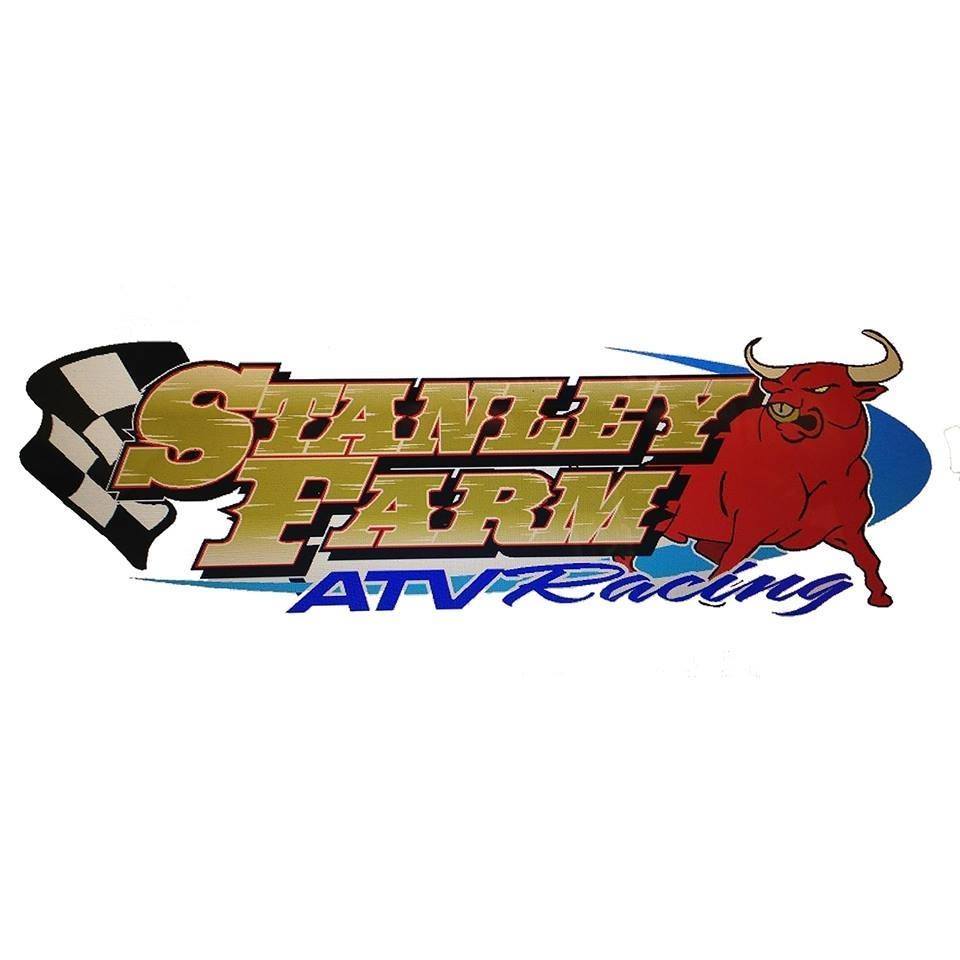Introduction to Attach a Plow to Your ATV
Have you ever looked at a snowy driveway or a muddy field and thought, “Man, I wish I could clear that faster”? That’s where your trusty ATV—and a plow attachment—come to the rescue. Attaching a plow to your ATV turns it into a multipurpose workhorse, capable of pushing snow, moving gravel, or leveling soil in a flash. In this guide, we’ll walk through 7 easy steps to attach a plow to your ATV, ensuring you get rolling without a hitch. Ready? Let’s dive in!
Step 1: Gather Essential Tools and Accessories to Attach a Plow to Your ATV
Before you start, think of this step as laying out all your ingredients before cooking a meal. Having everything at hand keeps you from scrambling mid-project.
Tools Required for Plow Attachment
- Wrenches and Sockets: Typically ½” to ¾” sizes to fit plow bracket bolts.
- Adjustable Ratchet: For quickly tightening nuts.
- Rubber Mallet: To gently tap pieces into alignment without scratching paint.
Hand Tools and Fasteners
- Lock Washers & Locknuts: Prevent fasteners from vibrating loose.
- Torque Wrench: Ensures bolts are tightened to manufacturer specs.
Recommended ATV Accessories
- Plow Mounting Kit: Often sold separately—includes brackets, pins, and clips. (See our ATV Accessories for options.)
- Winch Kit: Electric or manual—necessary for lifting and angling the plow blade.
- Heavy-Duty Tow Hitch: Some plows require a reinforced hitch point.
Step 2: Select the Right Plow to Attach to Your ATV Model
Not all plows are created equal—just like you wouldn’t fit a sedan tire on a sports car, you need a plow that matches your ATV’s capabilities.
Types of ATV Plows
- Straight Blade Plows: Great for pushing snow or dirt in a straight line.
- V-Blade Plows: Split into two wings, good for cutting through heavy snow drifts.
- Adjustable Angle Plows: Let you move material left, right, or straight ahead.
Matching Plow to ATV Models
Every ATV has a weight and power limit. Check your owner’s manual or browse our ATV Models list to ensure you pick a plow that won’t overload your machine. Still not sure? Look for “heavy-duty ATVs” in our 2025 Models tag to see which rigs can handle the toughest attachments.
Step 3: Prepare the ATV and Work Area for Plow Attachment
You wouldn’t start a road trip without checking the gas tank—likewise, you want your ATV prepped before mounting a plow.
Secure Parking and Safety Measures
- Level Ground: Park on a flat surface to keep your ATV from rolling or tipping.
- Engage Parking Brake: Always lock the brake before working underneath the front end.
Checking Tire Pressure
Proper tire pressure ensures stability when pushing heavy loads. Consult your ATV manual, usually around 4–7 PSI for plowing.
Cleaning and Inspecting Attachment Points
Wipe down the front A‑arm and hitch area. Rust or mud can prevent a snug fit. If you spot corrosion, treat it now—or swing by our Maintenance & Repairs section for cleaning tips.

Step 4: Install the Mounting Bracket to Attach a Plow to Your ATV
This is the backbone of your setup—get it right, and the rest clicks into place.
Locating and Aligning Attachment Points
- Front A‑Arm or Frame Rail: Most plows bolt here.
- Tag OEM Hitch: Some ATVs have a built-in plow bracket—check for pre‑drilled holes.
Ensuring Proper Torque Specifications
Refer to the bracket’s instructions. Over‑torquing can strip threads; under‑torquing leaves you drifting in the field. A torque wrench is your best friend here.
Securing Bracket with Bolts and Nuts
Slide the bracket into place, insert the bolts with lock washers, and torque them to spec. Give it a firm tug—no wiggle means you’re good to go.
Step 5: Attach the Plow Blade to the Bracket on Your ATV
Now comes the fun part—seeing how that steel blade transforms your ATV into a plowing beast.
Latching Mechanism Overview
Most blades use a quick‑attach pin system:
- Lift Blade: Position under bracket hooks.
- Insert Pin: Slide through aligned holes.
- Secure Clip: Lock the pin with a spring clip or cotter pin.
Adjusting Blade Angle
Many plow blades pivot:
- Angle Left: Push material to the side—great for clearing driveways.
- Angle Right: Useful for deep drifts or pushing debris off a path.
- Straight Position: Maximizes push force for open areas.
Step 6: Connect the Winch or Lift Mechanism to Your ATV Plow
A winch lets you raise, lower, or angle your blade without crawling around in the dirt.
Electric vs. Manual Winch Systems
- Electric Winch: Fast and effortless—ideal for frequent adjustments.
- Manual Hand Winch: Budget‑friendly and low‑maintenance.
Winch Maintenance Tips
Keep the cable spooled neatly and check for frays. Lubricate moving parts regularly—see our How‑To Guides for step‑by‑step winch care.
Routing Winch Cable Safely
- Avoid Sharp Edges: Run cable along smooth surfaces to prevent wear.
- Secure with Clips: Use cable clamps or zip ties—no dangling lines.
Step 7: Test, Adjust, and Secure Your ATV Plow Attachment
Time for a test drive. Think of this as a dress rehearsal before the big show.
Conducting a Plow Test Run
- Lift and Lower: Cycle the plow up and down—check for binding or misalignment.
- Push Light Material: Start with a small pile of dirt or snow to verify angle and height.
Fine‑Tuning Height and Angle
If the blade scrapes too much, raise it slightly. If it floats over material, lower it. You’re aiming for a smooth, 1–2 inch cut in most terrains.
Maintenance Tips After You Attach a Plow to Your ATV
A plow is only as good as its upkeep. A little TLC goes a long way.
Regular Inspection and Lubrication
- Grease Pivot Points: Keeps the blade swinging freely.
- Check Hardware: Tighten bolts and replace any worn pins.
Keeping Fasteners Tight
Vibration from plowing can loosen nuts. Make “quick‑check” rounds every 5 hours of use.
Off‑Season Storage Recommendations
- Clean Thoroughly: Remove dirt and salt to prevent rust.
- Store Indoors: Or at least under a waterproof cover. Browse our Farm Equipment section for storage solutions.
Safety Precautions When You Attach a Plow to Your ATV
Don’t let a small mistake snowball into a big problem. Safety first!
ATV Operation Safety
- Wear Helmet & Gloves: Basic gear for any ATV work.
- Avoid Steep Slopes: A plow shifts your center of gravity—stick to gentle grades.
Protective Gear and ATV Safety
High‑visibility jackets, steel‑toe boots, and eye protection can save you from unexpected hazards. Read more in our ATV Safety tag.
Plow Operation Guidelines
- Go Slow: Start under 5 mph—control beats speed.
- Watch for Obstacles: Rocks or hidden stumps can damage the blade or ATV frame.
- Communicate: If you’re working with others, use hand signals or radios.
Conclusion
Attaching a plow to your ATV is like giving it superpowers—suddenly your machine can clear driveways, grade trails, and conquer tough farm chores. By following these 7 easy steps to attach a plow to your ATV, you’ll equip yourself with a versatile tool that maximizes productivity and tackles jobs that’d otherwise take hours.
Ready to get yours set up? Check out all the resources at Farm ATV—from detailed how‑to guides to the latest in heavy‑duty ATVs. Happy plowing!
FAQs
1. How do I know which plow size is right for my ATV?
Match the plow width to your ATV’s wheelbase and horsepower. Most adult ATVs handle 48–60 inch blades; check your ATV’s specs on our ATV Models page.
2. Can I attach a snow plow and a dirt plow interchangeably?
Yes, as long as they use the same mounting bracket. Look for universal ATV attachments or swap brackets as needed.
3. How often should I service my plow’s winch?
Inspect after every 10 hours of use. Lubricate cable and gears, and refer to our maintenance log for detailed checklists.
4. Is it safe to plow on gravel driveways?
Absolutely—just set the blade angle shallow to avoid digging into the surface. For consistent performance, check tire pressure and hitch tightness before each run.
5. Can I install the plow myself, or should I get professional help?
Most riders can handle it with basic hand tools. Our step‑by‑step how-to guides walk you through every bolt. But if you’re unsure, a quick trip to a shop specializing in farm equipment can give peace of mind.
6. What’s the difference between electric and manual winches?
Electric winches use battery power—faster and less effort. Manual winches rely on hand cranking—cheaper but slower. Choose based on budget and frequency of use.
7. How should I store my plow during the off‑season?
Clean off all debris, coat metal parts with rust preventative, and store under cover. Consider raising the blade off the ground to prevent rubber wear, and keep any manuals or spare hardware in a dry box.


